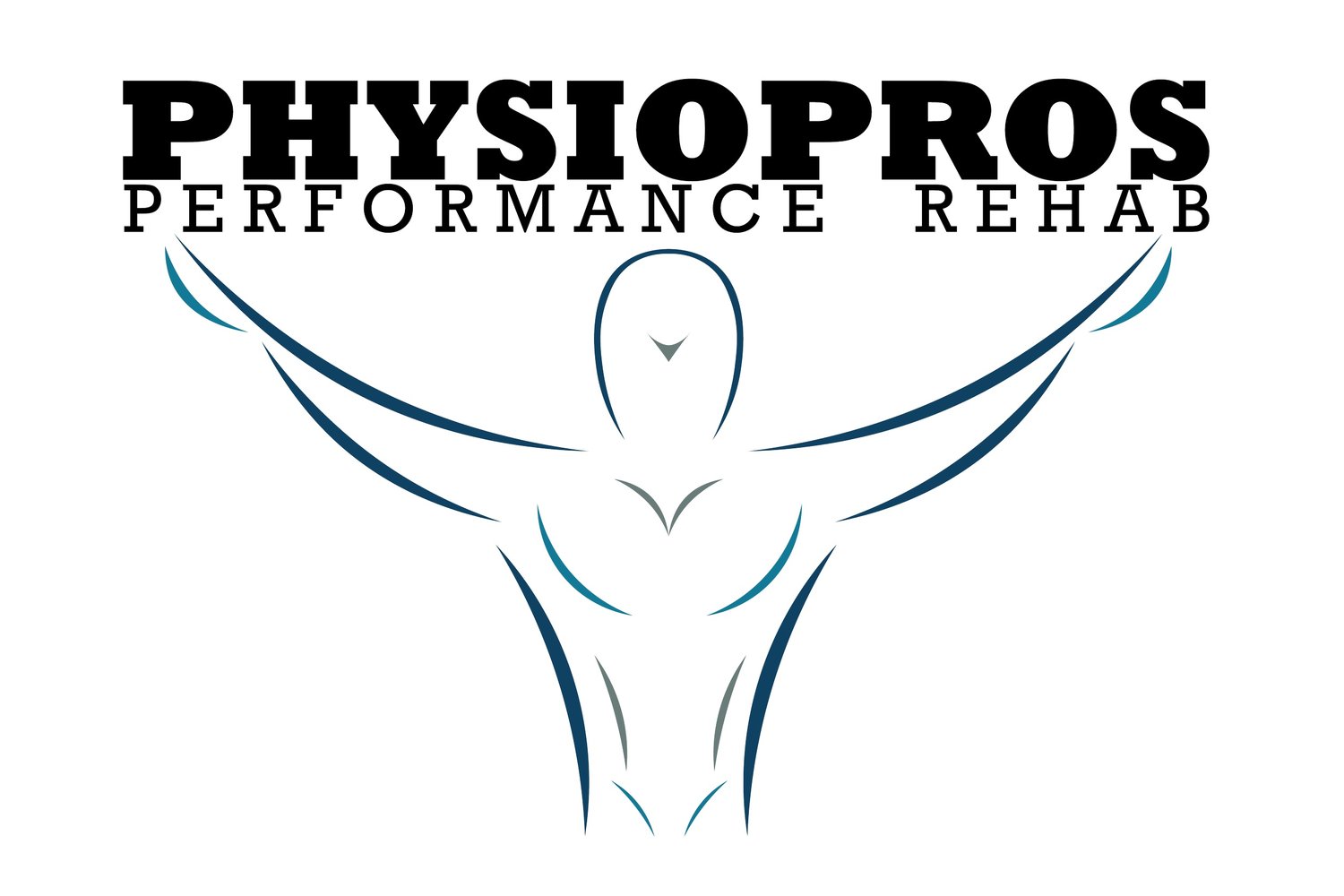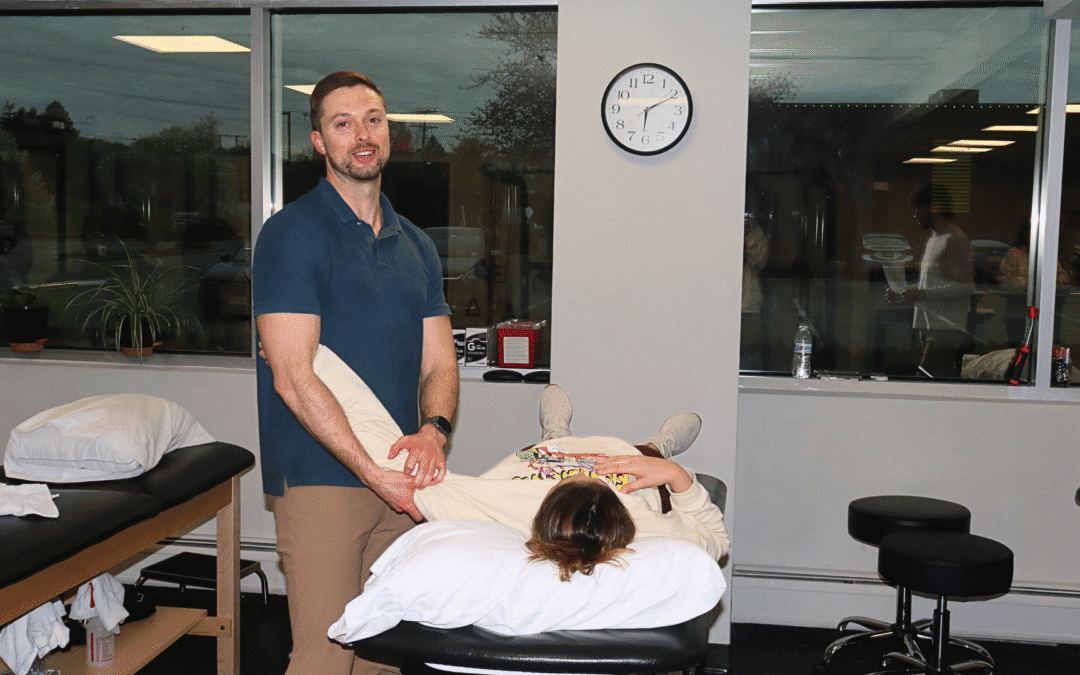Beginner-Friendly Rotator Cuff Stretches You Can Do at Home.
Shoulder pain can make simple things, like reaching into a cabinet, tossing a ball, or sleeping on your side, feel frustrating. The good news: with the right plan, you can start easing stiffness today. In this beginner’s guide, you’ll learn safe, step-by-step rotator cuff stretches you can do at home to reduce tightness, improve mobility, and move with more confidence. We’ll keep it simple, explain every move in plain English, and show you how to find a gentle stretch, not pain.
First, you’ll warm up; then you’ll try easy positions that respect your shoulder’s limits; finally, you’ll learn how long to hold each stretch and how to progress without overdoing it. However, if a stretch causes sharp pain, numbness, or weakness, pause and get checked.
When you need extra help, Physiopros Performance Rehab is here for you. Because every shoulder is different, our physical therapy sessions in Parsippany, NJ combine personalized exercise, stretching, and manual therapy.
Audio Version
↓
What Is the Rotator Cuff?
The rotator cuff is a small team of four shoulder muscles and their tendons that keep the ball-and-socket joint centered while you move. These muscles, supraspinatus, infraspinatus, teres minor, and subscapularis, work together to guide everyday motions like reaching overhead, fastening a seatbelt, or tucking in a shirt. When they get tight or overworked from desk time, repetitive lifting, sports, or poor posture, the shoulder can feel stiff, achy, or weak.
Because the rotator cuff stabilizes the joint, even mild irritation can make simple tasks uncomfortable. The good news: with calm, consistent practice, you can restore motion and reduce nagging soreness. That’s exactly where rotator cuff stretches help. By easing tension around the joint, they create space for smoother movement and set the stage for better strength later.
If you live or work near Parsippany, NJ, understanding this foundation will make the rest of your home program more effective. Next, you’ll learn how to stretch safely, so you feel gentle tension, not pain, and how to choose the right starting positions for your shoulder.
Are Rotator Cuff Stretches Right for You Today?
Start here. If your shoulder feels stiff after sitting, a workout, or a weekend project, you can usually begin with gentle rotator cuff stretches. You should feel light tension (about 3–4 out of 10), not sharp pain. Moreover, stretching should leave the joint feeling looser within a few minutes, not angrier.
Good signs to proceed
Mild to moderate tightness or a “morning stiffness” feel
Discomfort that eases with movement or a warm shower
Soreness after new or repetitive activity (painting, gardening, lifting)
Temporary desk-related stiffness that improves when you change positions
Hit pause and get checked first
Sharp, catching, or stabbing pain with basic arm raises
Noticeable weakness, drop arm, or feeling the shoulder might “give way”
Recent fall, heavy lift, or sports injury
Numbness, tingling, or spreading pain below the elbow
Constant night pain that is getting worse
Post-surgical shoulder (follow your surgeon’s and therapist’s plan)
If any red flags apply, stop and talk with a professional before you stretch. Otherwise, start slowly, breathe steadily, and let comfort guide your range. And if you live near Parsippany, NJ, you can always schedule a quick screen with Physiopros Performance Rehab to confirm the best starting point for your shoulder.
How to Stretch Safely

